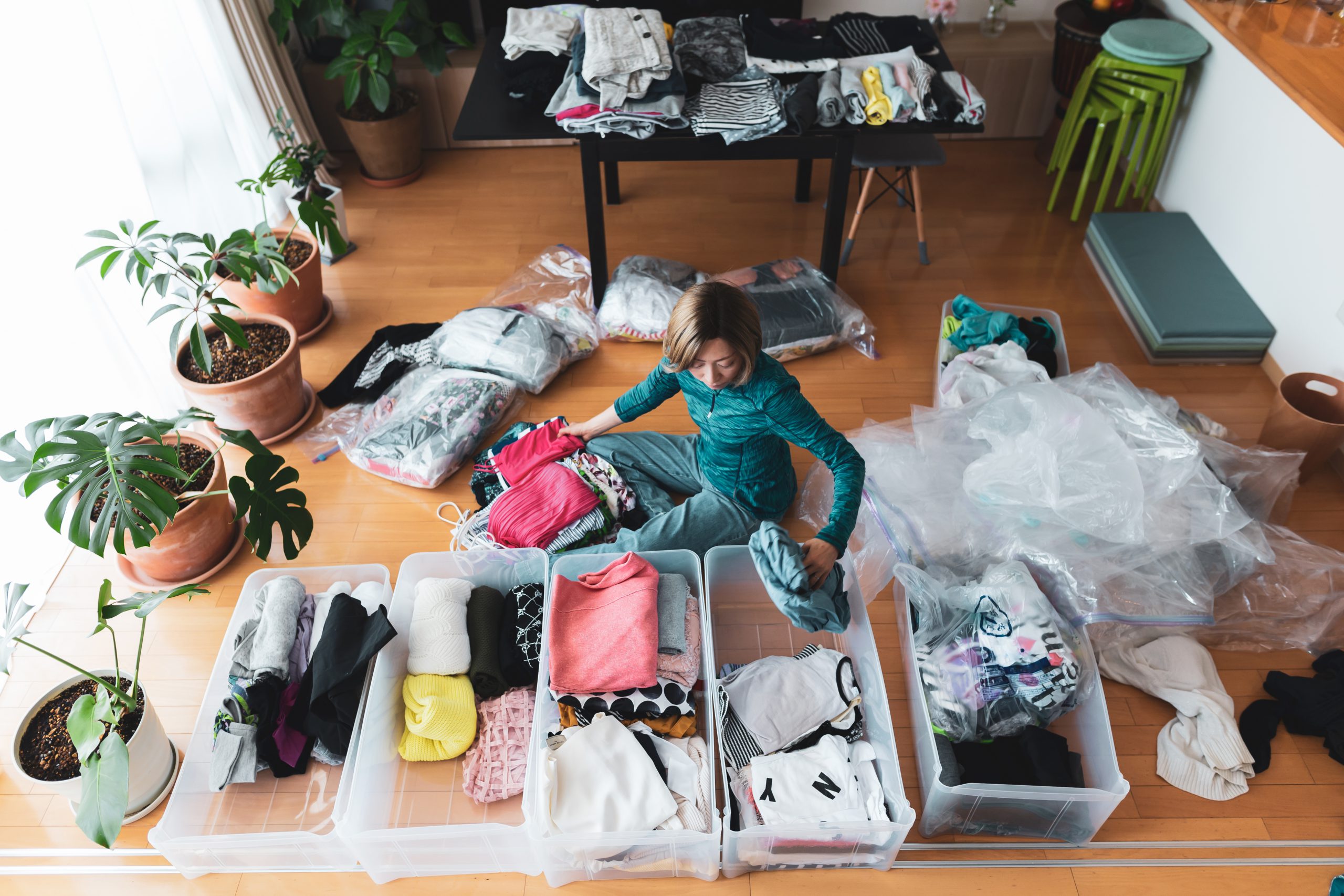
It’s hard to believe households once managed without the modern simplicity of clothes washing machines.
Yet washing machines as we know them have only been widely available and relatively affordable since the 1950s.
Ancient times
The Romans were the first people to recreate clothes washing into a commercial business with “fullone” men undertaking public clothes washing and drying, often for almost an entire city.
But with soap not invented until the 19th century, the Romans and medieval Europeans used “chamber lye” (otherwise known as urine) due to its ammonia properties. Used for hundreds of years, it was valued as a stain remover and bleacher.
In what was also a common way to wash clothes, fullones trod on a tub of clothes with their feet to release dirt and grime, much as farmers would do with wine grapes.
Middle Ages
Clothes washing by hand continued to grow in the Middle Ages, but women now undertook this job, rather than men.
Washing “bats” or scrubbing boards were generally used, with women often using the local river even in the middle of winter. They would also meet in communal washing houses at a stone or wooden tub.
Similar methods are still used today in many countries.
Disposing of dirty water was also difficult with no sewerage systems.
Whichever clothes washing method was used, it was long and laborious work which was often only done once a week, or even less.
Industrial Revolution
Clothes washing really began to change in the mid-1700s to mid-1800s.
The basic washboard changed to something smaller and more manageable. Soap was also more accessible and affordable, as was the knowledge of its importance.
Even easier times were to come with the worlds’ first washing machines invented in the 1850s, although these were still operated by hand.
Modern era
It was electricity that changed everything, with the Thor washing machine patented in 1910 becoming the first appliance.
This invention had a barrel-style tub and simply rotated the clothes in water, with a separate wringer at the top.
The automatic electrical machines that the first world is now familiar with became common in the 1950s – and while they were still expensive, they changed average household lives forever.
